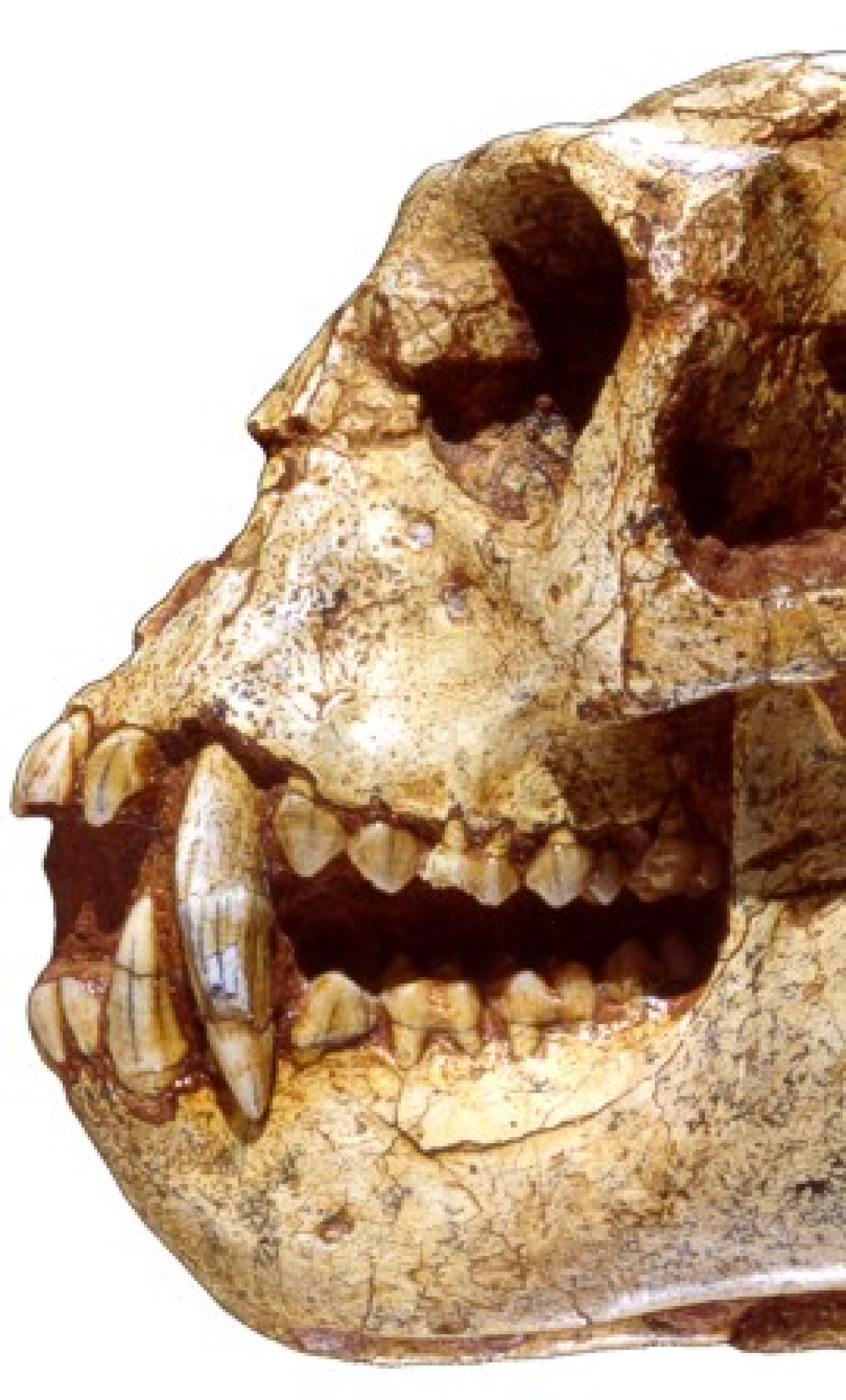This website uses cookies. In addition to cookies needed for running the website, we also use cookies which analyze how the
website is used and cookies set by other websites, such as YouTube or Google. You can find more information in our privacy
policy. The cookie settings can be adjusted at any time using the link in the footer.
